To Kill a Mockingbird - Harper Lee - Chapters 22-26 Summary - Powering Through Prose Series
Powering Through Prose Series - Harper Lee - To Kill a Mockingbird | English
 7:54
7:54
Guide for Students
Our Powering through Prose series makes it easy to study prose fiction! Prose fiction includes any imaginative text that is written in sentences and paragraphs, following the natural flow of speech. We’re talking about short stories, novellas, novels and more!
We’ll introduce you to significant pieces of prose fiction and each author’s personal and contextual influences. For each text, we’ll provide videos on:
• Plot summary
• Part summaries
• Context
• Five key themes
• Building body paragraphs
Along the way, we’ll incorporate lots of visuals and analysis to help you follow the story.
Before you get started, we recommend that you watch the English Essentials series. Check out the Powering through Prose videos to learn about a range of narrative forms and features.
Here’s how to get the most out of our videos:
1. Before you start studying a text at school.
Get a head start on your schoolwork! Watch our lessons in the holidays or a few weeks before studying a new text in class. Watch our plot summaries to get a sneak peek or learn about the context of a story.
Take notes as you watch each video. Create a timeline of events in the story. Maybe you can map out the structure of the plot! Start exploring how the author’s personal and contextual influences link to the story and characters.
You can also watch our lessons on the five key themes in the text. Start unpacking the big ideas and developing your analytical skills.
2. While your class is studying a text.
You can watch our plot and part summaries a few days before studying sections of a specific text in class. That way, it’ll be easier to remember the characters and follow the events.
Check out our five videos on the key themes in each text! Watch these when your teacher starts handing out homework and assessment notifications. We’ll analyse lots of textual evidence, so you’ll encounter a range of narrative forms and features.
If you need to revise a specific technique, you can always check out the Powering through Prose videos in our English Essentials series.
What if you’re stuck on a chapter or theme after covering it in class? You can always watch our lessons to fill in any gaps in your understanding. We recommend taking notes as you watch the video. Maybe you want to record specific quotes or add extra thoughts to the analysis. Create an analysis tables of the quotes, techniques and links to themes!
3. When preparing for an assessment.
Feel free to watch our videos to revise for upcoming assessments.
If you’re preparing to write an analytical response or essay, brush up on the key themes in the text. You’ll need them to tackle your school assessments.
But how do you turn your analysis into perfect paragraphs? Check out our two videos on building body paragraphs. We’ll transform our detailed analysis into structured paragraphs that would fit right into a sophisticated essay!
Guide for Educators
Our videos offer modern takes on classic short stories, novellas and novels.
As educators, we see value in bringing prose fiction to life. We take a step-by-step approach, which is reflected in the structure of our online lessons. We ease students into the plot and context of the text. Then, we delve into the key themes and in-depth textual analysis. To wrap things up, we show students how to build body paragraphs to produce excellent essays.
Here’s how to get the most out of our videos:
1. Integrate our videos into your school’s English curriculum.
Our online lessons cover a range of significant prose fiction. These include texts prescribed for the NESA English Standard, English Advanced and English Extension Stage 6 syllabuses. You’ll also find pieces of prose fiction suggested for the NESA English K-10 syllabus. Our lessons are also valuable for the International Baccalaureate Diploma Programme and other secondary English syllabuses.
We recommend that you integrate our videos into your weekly, monthly and yearly teaching plans. Our videos explain the key themes and contextual influences of each text. We cultivate valuable skills for detailed textual analysis. Your students will have no trouble understanding narrative forms and features! Sign up your school with Schooling Online and set lessons for students to watch in class or at home.
2. Introducing students to a text.
Our Powering through Prose series gives you detailed teaching material and full flexibility.
For each text, we offer an overall plot summary and additional videos summarising individual parts. We also dedicate one lesson to exploring the author’s context. Students can watch these videos before class or you can play these videos in class to introduce the storyline. You can also assign videos for students to watch at home. That way, class time can be reserved for discussion. Students will love revising with our lessons.
These videos can be used to spark discussion and fuel class activities. Students can create a timeline of the story’s events or develop character profiles.
3. Helping students to critically analyse a text.
Our videos equip students with essential prose fiction analysis skills. For each text, we spend five lessons analysing five key themes and relevant textual evidence. We’ll show students how to identify narrative forms and features in a broad range of examples.
Over two additional lessons, we weave our analysis together and transform it into body paragraphs. We want to equip students with vital tools for writing eloquent essays and extended responses.
Turn your classroom into an interactive learning environment by watching each video in segments. For the videos that we just mentioned, we recommend pausing the video after a new idea has been analysed. This is the perfect time to open a discussion with your class.
You can check your students’ understanding and actively engage students using these discussion questions:
• How did the author portray a certain character?
• How did the author represent a specific theme? What message is s/he trying to convey?
• How did the author develop a relationship between certain characters?
• Did you find the text engaging? Why or why not?
Feel free to use our videos as a resource for the following class activities. Students may:
• Write an additional scene to be included in the text
• Create a summary of key quotes relating to a major theme
• Write a paragraph or extended response analysing a major character or theme
4. Use our videos for internal and external assessment preparation.
Our videos help students revise with ease and confidence!
We recommend playing the videos in class again to refresh students’ understanding of the text. Alternatively, students can watch the lessons at home in preparation for an assessment. We’re just a click away!
We want students to go beyond rote learning the material. They will understand each example as they commit it to memory. This will help students to interpret the story in their own way and craft sophisticated thesis statements for their assessments.
Our videos can provide a basis for the following revision activities. Students may:
• Discuss how to approach an assessment task, such as how to structure an essay response
• Create study notes with textual analysis on each character and theme
• Research and incorporate the author’s personal and contextual influences into their study notes
To Kill a Mockingbird - Harper Lee - Chapters 22-26 Summary - Powering Through Prose Series
The heartbreak of the Tom Robinson case is followed by more horror. The children are learning some difficult truths about the society they live in. Their consolation is that Atticus thoroughly discredited Tom Robinson’s accusers - the Ewells. The problem now is that Bob Ewell is seeking revenge against Atticus. Atticus remains typically calm but the children are worried. Will Bob Ewell carry out his threats?
Check out our summary of Chapters 22-26 to find out what happens.



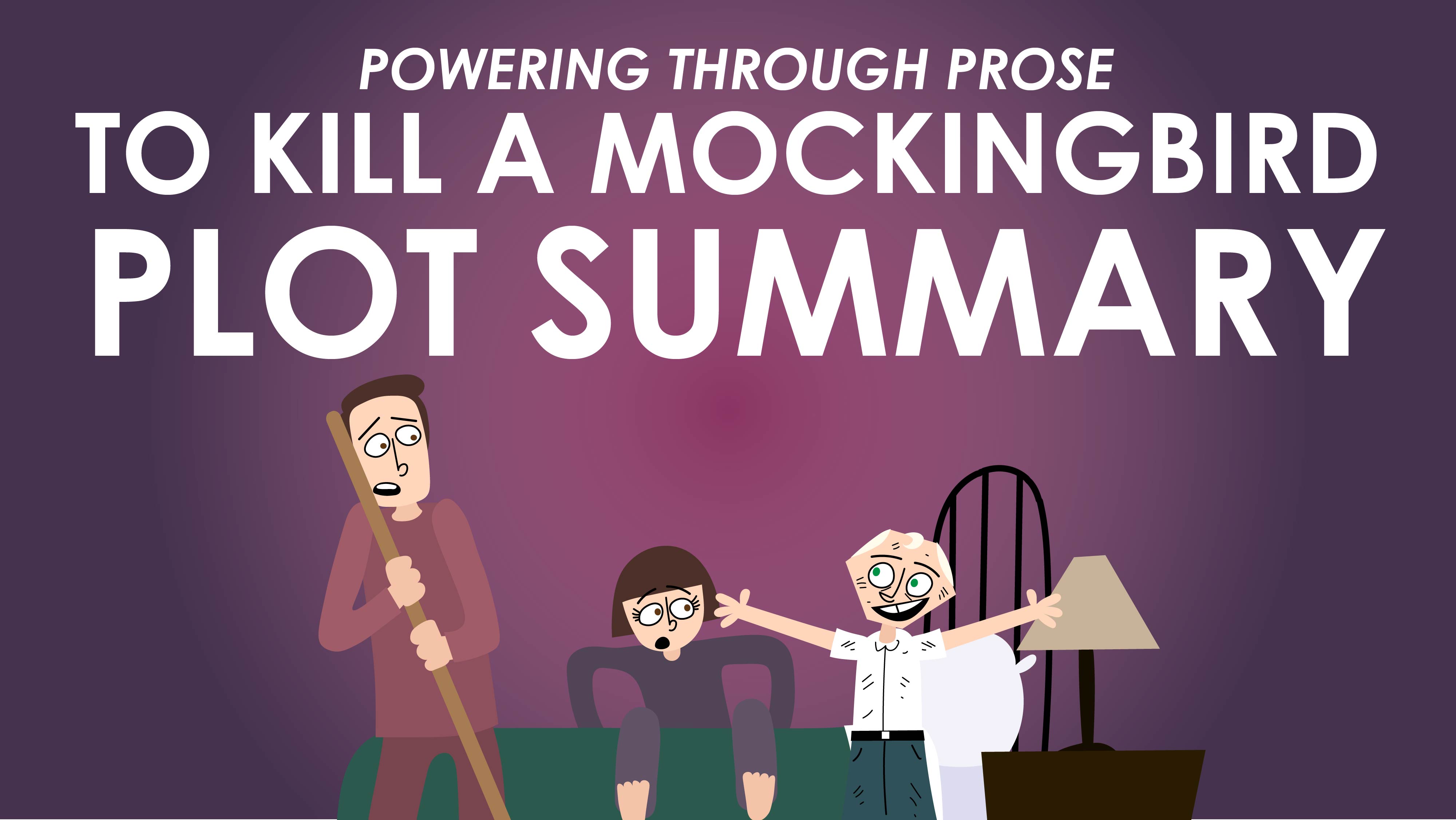
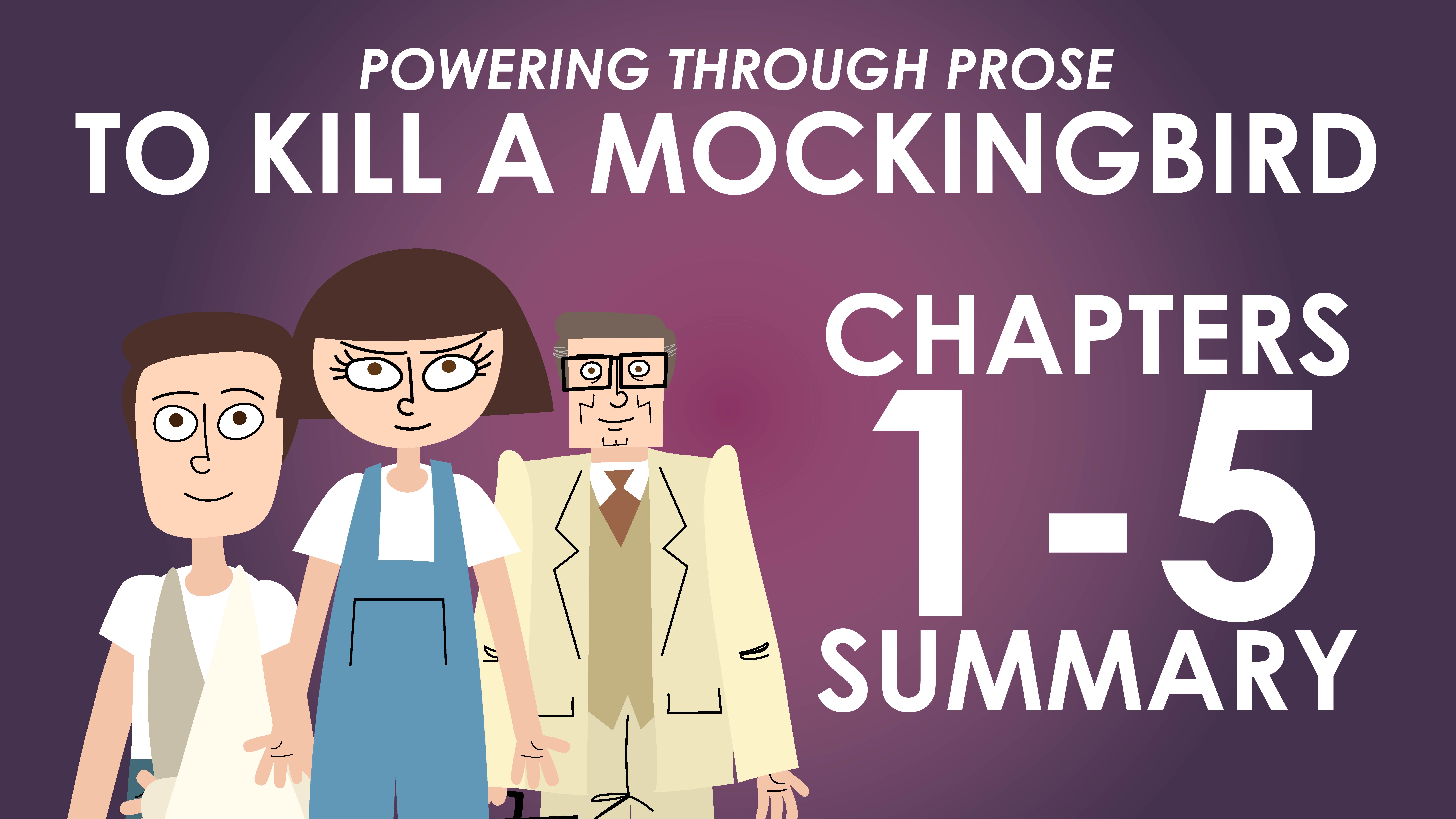
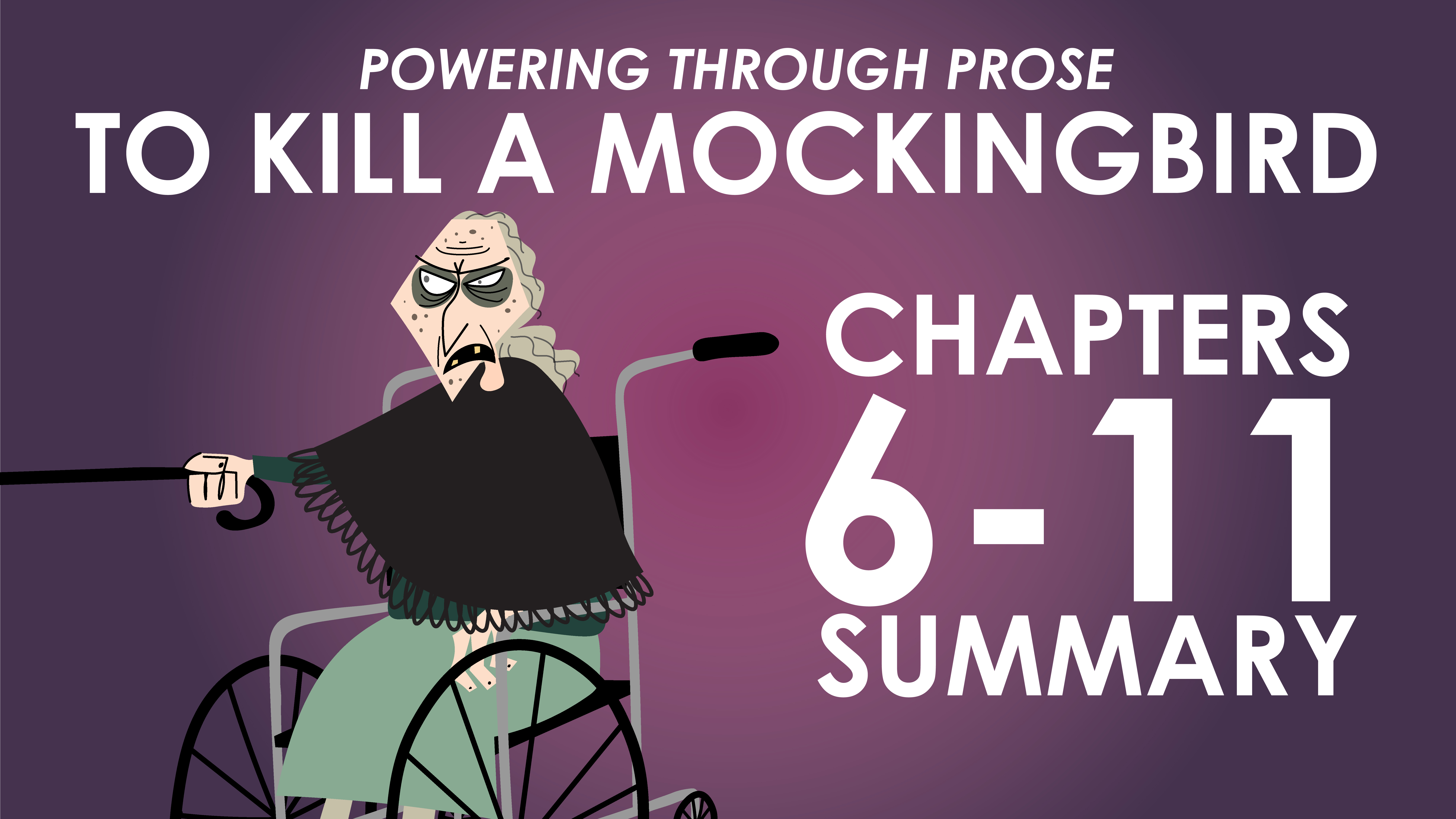
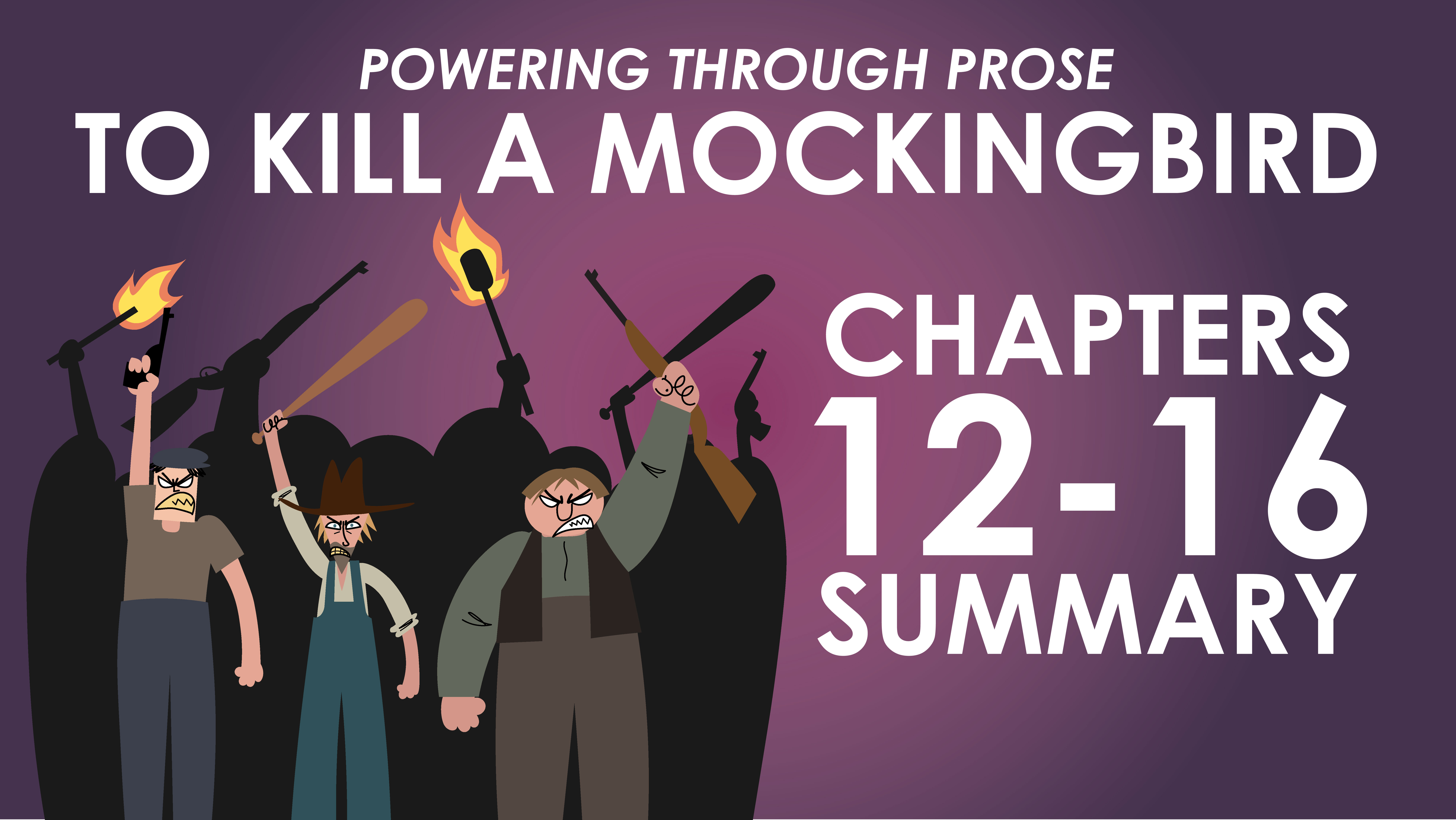
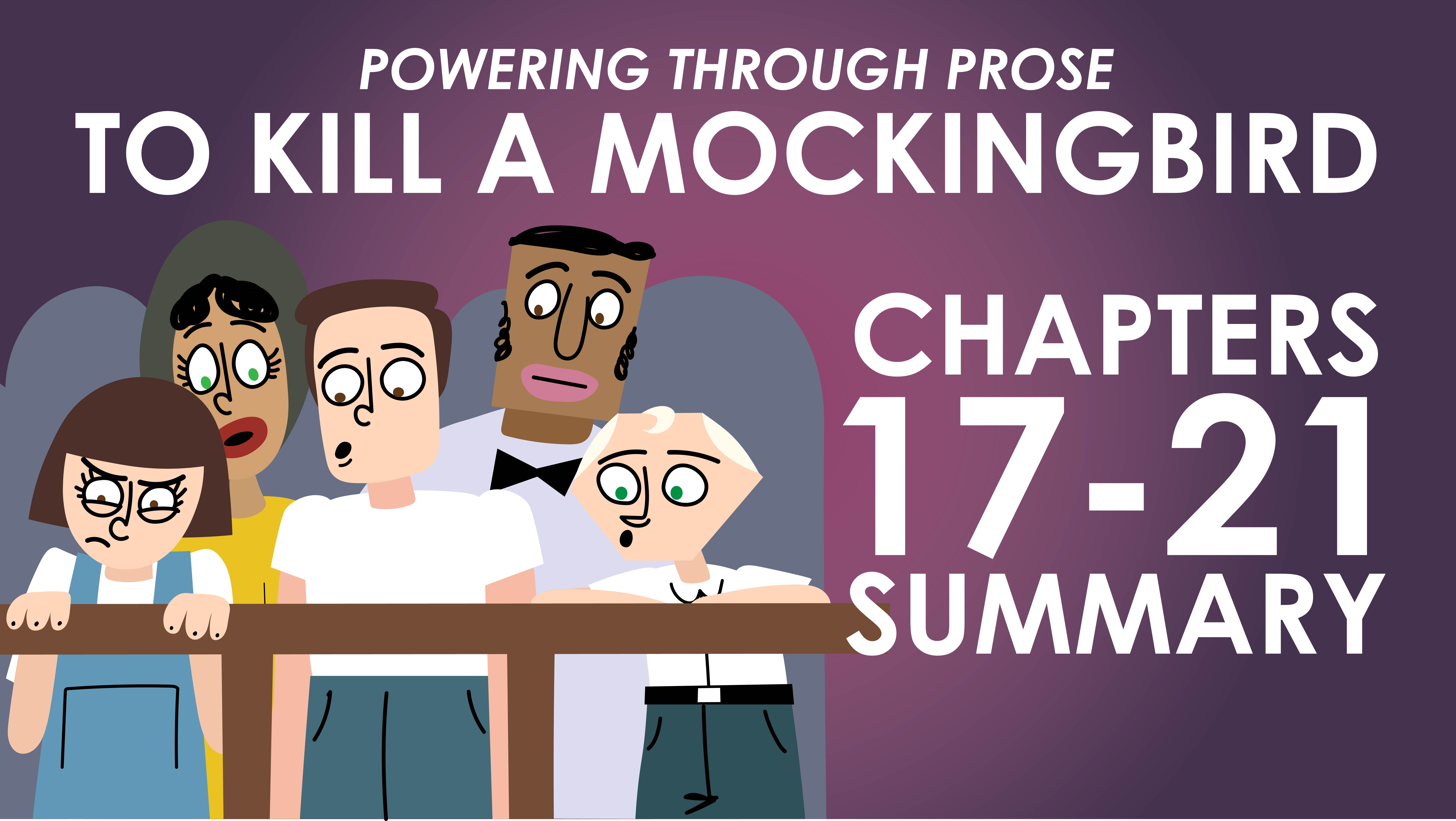
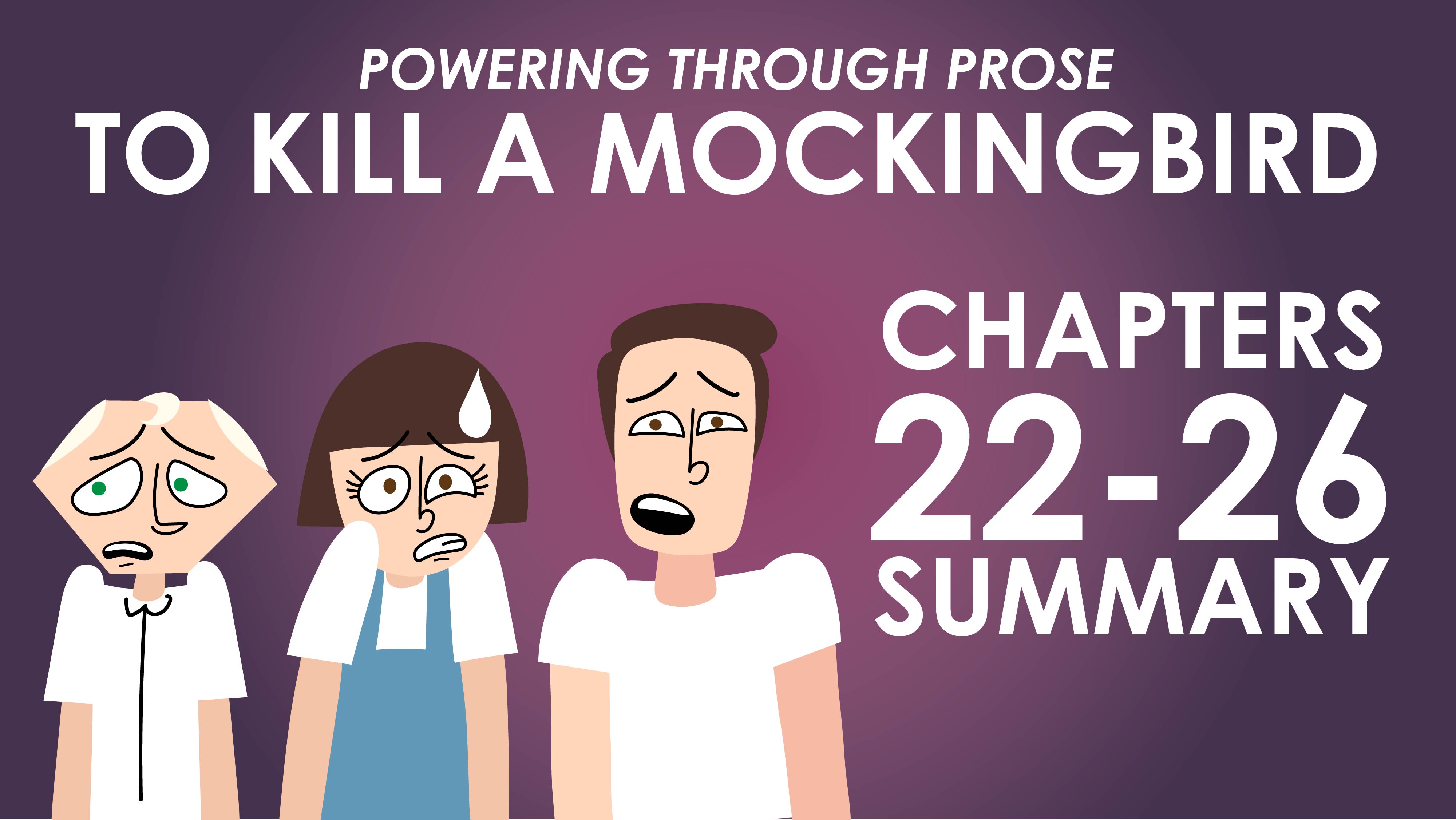
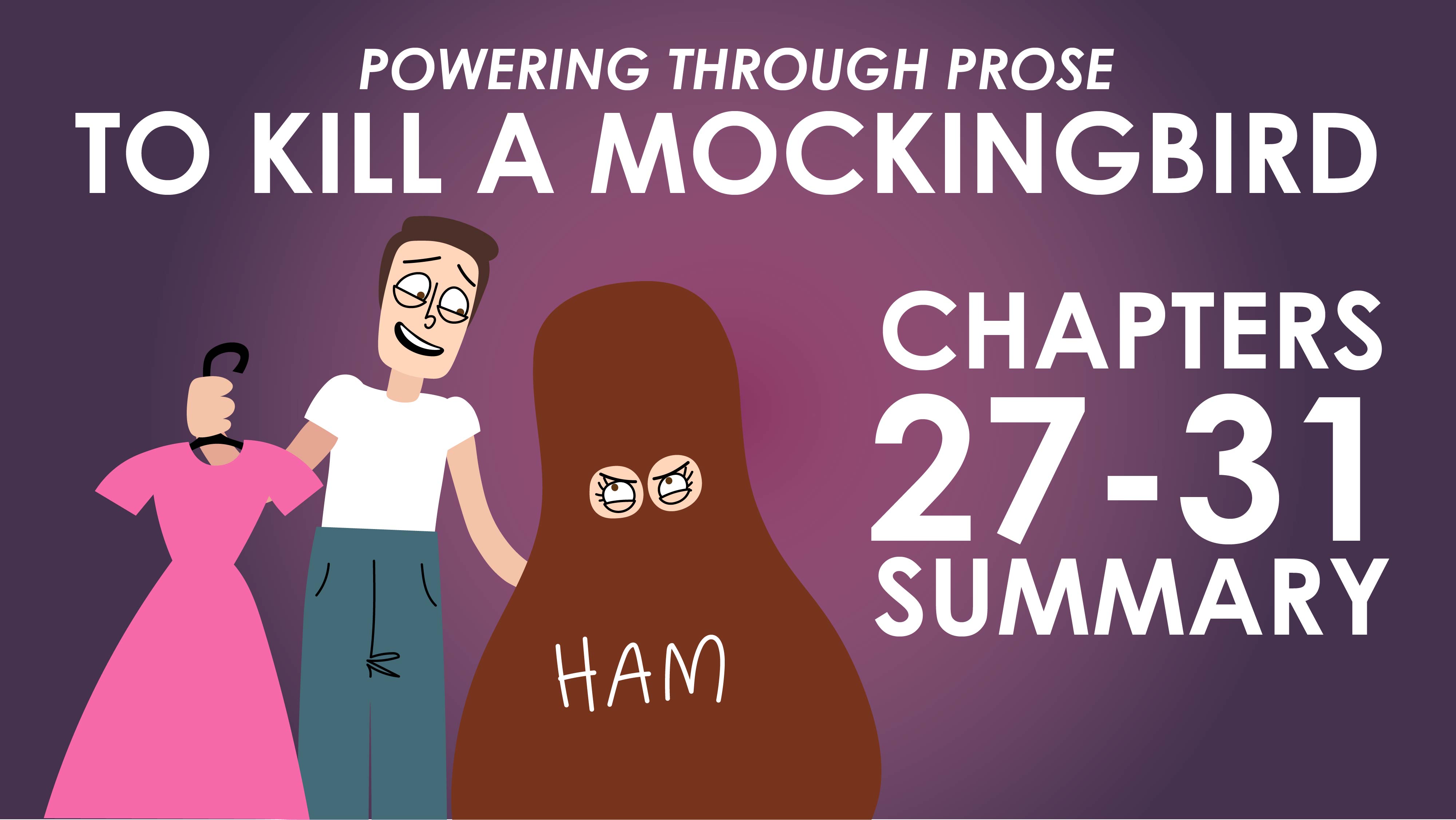
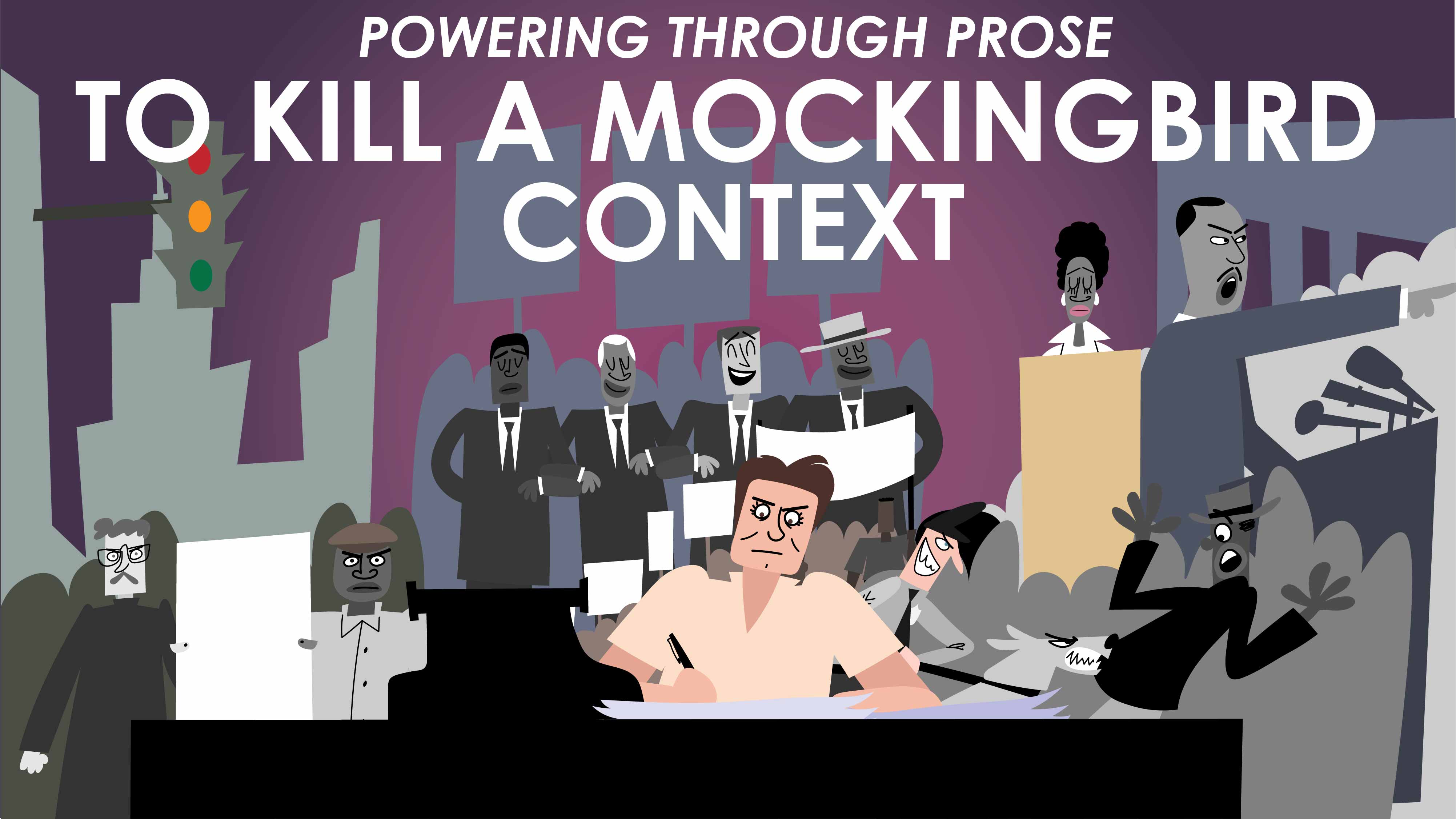
Share